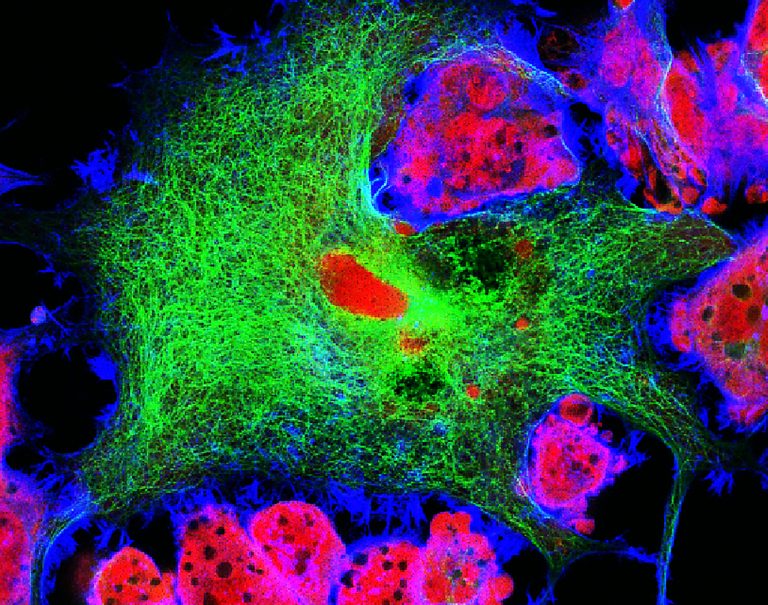
Scientists from the Wellcome Sanger Institute and the University of Cambridge have discovered that that genomic changes following platinum chemotherapy for neuroblastoma can cause secondary blood cancers like leukemias in treated children.
The researchers, whose study was published in the journal Blood, hope this discovery may lead to treatment changes that could either prevent secondary cancers from forming or to be alert for their development.
Neuroblastoma can be an aggressive disease that requires intense chemotherapy treatment. As a result, secondary blood cancers like leukemias are a challenging complication of such treatment.
Each year, about 800 children aged 0 to 14 years are diagnosed with neuroblastoma in the United States and it accounts for 6% of all childhood cancers. Because treatment usually involves intensive chemotherapy, often with several different drugs, DNA damage in bone marrow cells is not uncommon leading to secondary leukemias in 7-11% of neuroblastoma survivors.
The exact molecular cause of this damage was previously unclear. Analysis of the preclinical evolution of a limited number of adult therapy-related blood cancers have traced the majority of cases to clonal hematopoiesis (CH) that predates cytotoxic treatment. Targeted sequencing of known cancer genes detects CH in ∼4% of children after cytotoxic treatment, whereas CH is extremely rare in young individuals in the general population.
In this study, researchers sequenced the whole genomes of bone marrow and blood samples of two children who both had developed blood cancer following high-risk neuroblastoma treatment. They discovered that the seeds of secondary leukemia were sown by neuroblastoma chemotherapy right at the beginning of treatment.
The team found that in both patients the leukemia had mutations that were caused by neuroblastoma chemotherapy. A secondary analysis of 17 other children previously treated for a range of other cancers revealed pre-leukemia cells in another child who had received neuroblastoma treatment. Their results reveal that the imprint of platinum-agent mutagenesis dominated all clones in the three children with detectable CH. And, all 3 patients with CH harbored at least one clone without a known driver mutation, which corroborates evidence that driverless CH cannot be accounted for by neutral drift alone.
“Both patients with treatment-related leukemia displayed a preponderance of platinum signatures in nascent premalignant clones, high mutation burdens, and 99% probability that the founding driver mutation in the tumor of patient 1 arose to therapy-related mutagenesis,” the authors write.
Sam Behjati, Ph.D., co-lead author and group leader at the Wellcome Sanger Institute, said: “We have been able to unravel the root of secondary leukemia in these children which seems to lie in the early stages of neuroblastoma treatment. We hope to further investigate this to try to identify children at higher risk, and to inform a more tailored treatment plan to reduce the risk of secondary leukemia.”
In the future, it could be possible to identify the children who have a higher risk of developing secondary leukemia by sequencing their genome and highlighting any genetic drivers that could be pre-cursors for blood cancer. In theory, these findings could be useful for monitoring for secondary cancer and tailoring individual treatment plans.
For example, therapy-related blood cancers are a leading cause of non-relapse mortality in patients receiving high-dose chemotherapy with autologous stem cell transplant. The only factor clearly associated with improved survival in childhood cases is a shorter time between diagnosis and allogeneic stem cell transplantation.
“This raises the possibility that early detection of pediatric clonal hematopoiesis, with or without known leukemogenic drivers, may inform personalized autograft decisions, enable earlier therapy-related cancer diagnosis, and improve outcomes,” they write.













